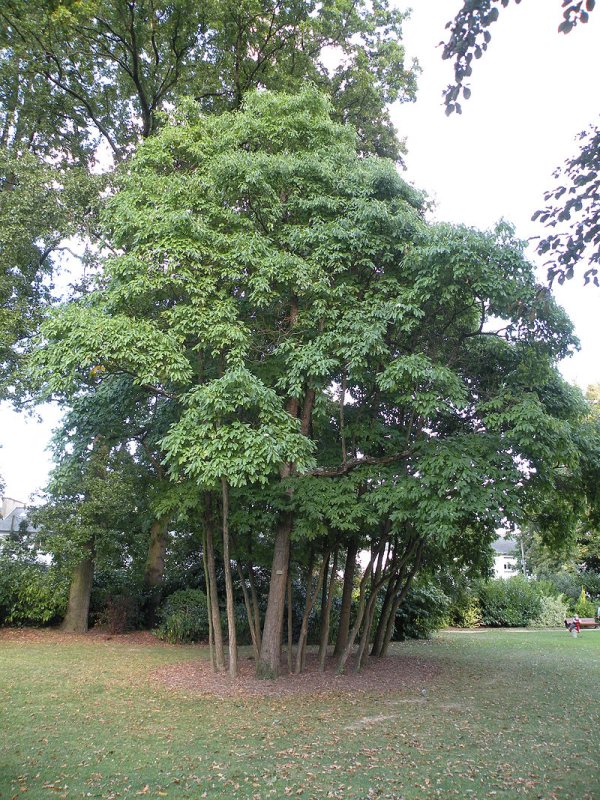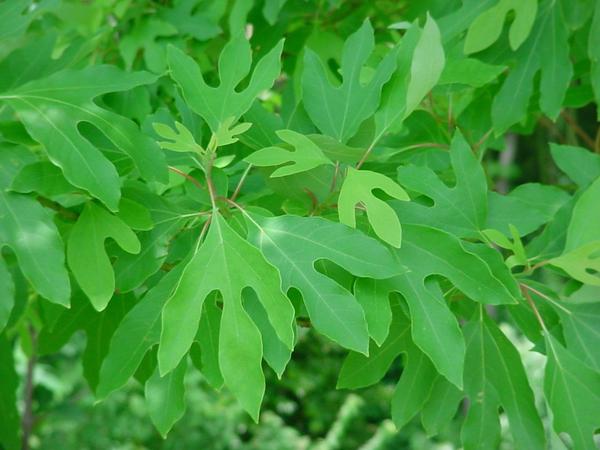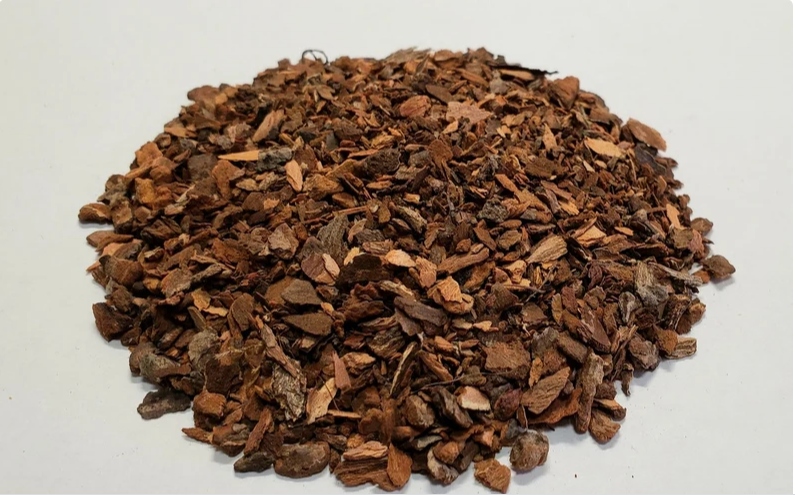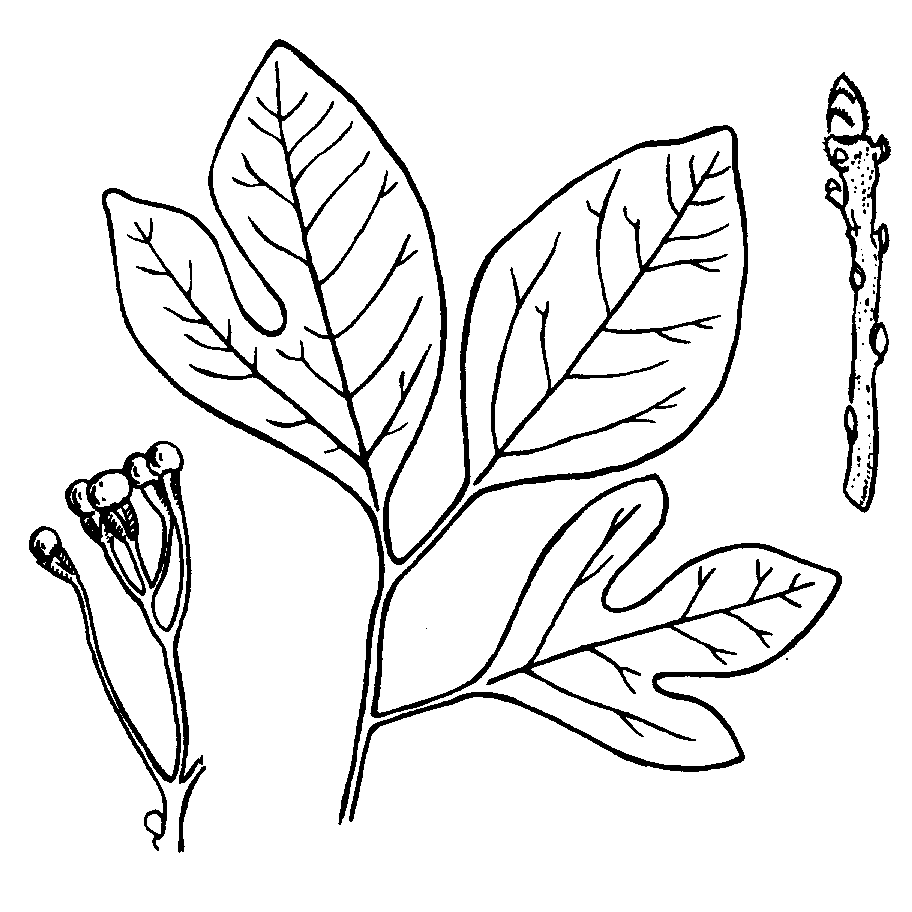[1] British Herbal Pharmacopoeia 1983 Published by the British Herbal Medicine
Association ISBN 0 903032 07 4.
[2] Potter's New Cyclopaedia of Botanical Drugs and Preparations R.C.
Wren Revised by Elizabeth M. Williamson and Fred J Evans. First published in
Great Britain in 1988 and reprinted in 1989 and 1994 by the C. W. Daniel Company
Limited. 1 Church Path, Saffron Walden Essex. Published 1988 Printed and bound
by Biddles, Guildford ISBN 085207 1973.
Images
1.
en.wikipedia.org
by Pymouss CC BY-SA 3.0
2.
shop.tranceplants.net
3.
etsy.com Sassafras
albidum. S. varifolium, S. officinale
Sassafras,
Saxifrax, Ague tree, Cinnamon wood, Saloop
Family: Lauraceae
Sassafras
albidum. S. varifolium, S. officinale
Sassafras,
Saxifrax, Ague tree, Cinnamon wood, Saloop
Family: Lauraceae


 ORIGIN:
Eastern USA and Canada.
ORIGIN:
Eastern USA and Canada.